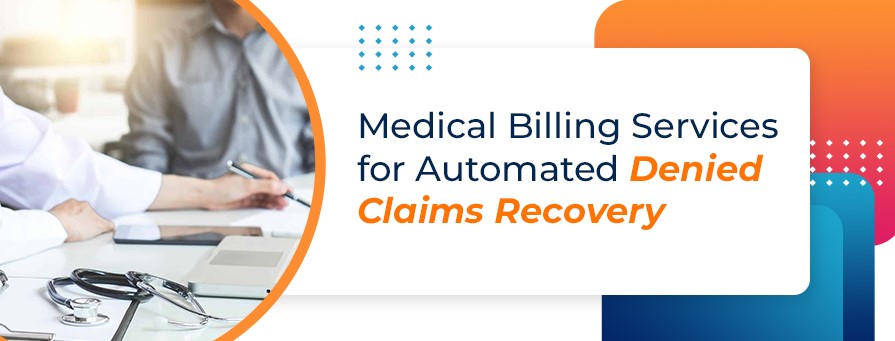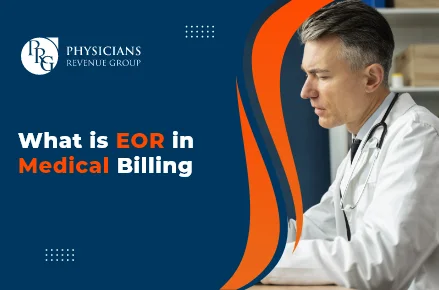The benefits of medical billing services become more effective with automated denied claims recovery. Claims denials drag the revenue potential of medical practice to a minimum level. No provider can bear the loss of his hard-earned money due to the lack of a proper claim recovery pathway. An automated denial management system has the power to search for common reasons for denials. Your revenue continues to grow when the denied claims are properly analyzed and resolved before sending claim appeals. If your claims are not getting approval in the first pass, there might be problems with your claim submission channel. High-accuracy denial recovery is part of a proficient medical billing system that improves the practice’s bottom line.
Providers must be knowledgeable about the payer rules to identify preventable claim errors. If the medical staff lacks knowledge, they might struggle a lot to track changes. Automation helps the medical staff to stay updated with the payer guidelines without affecting their tasks. Providers get the opportunity to change their existing operations with the help of an automated denied claims recovery system. This assists the medical staff in driving accurate reimbursement.
Providers face trouble while tracking pre-authorizations which become a reason for claim denials. Automated denied claims recovery facilitates providers in pre-authorization to assess every patient’s insurance status. Prior authorizations check patients at every touchpoint and verify their medical status. Many eligibility issues arise during patient access.
It is better to rework higher-value claims to improve the ROI. Analyze the history of the claim to uncover the insights that show the successful appeals and recovered reimbursement. Automated denied claims recovery helps medical practices prioritize resubmitting profitable claims. This new solution automatically saves time by categorizing denials by likelihood of approval. The risk of denial is pre-analyzed with the use of predictive analysis
Automated claims management tools free up staff time and boost revenue cycle productivity. Automation saves time inquiring about each claim status and handles repetitive tasks to upscale the practice revenue. Automated denied claims recovery analyzes each claim to acquire maximum reimbursement. Automatic claim handling is great for relieving the healthcare staff’s burden during labor shortages.
Automated denied claims recovery is efficient and accurate, potentially reducing denials. Comprehensive medical claim recovery help providers submit clean claims for the first time. Healthcare providers should use claims management tools to optimize denial workflow and maximize reimbursements.
Your medical practice shall reimburse the insurance money once the treatment is delivered to the patient. An automated denied claims system has the potential to minimize the complexities in driving insurance money. By systematic claim handling, your medical staff can resolve unforeseen billing mistakes without taking too long. Using automatic claim management systems is advantageous for your practice’s financial health. This prepares your medical practice to become proactive and rectify the billing errors before they cause claim denial.




